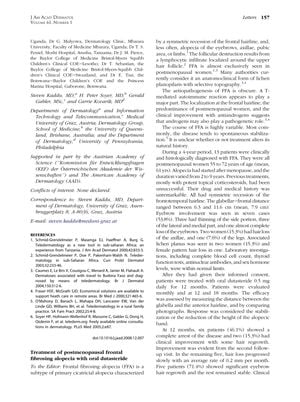TLDR Oral dutasteride can potentially treat frontal fibrosing alopecia in postmenopausal women, with some patients showing disease arrest and hair regrowth.
In a study conducted over a 4-year period, 13 postmenopausal women aged 55 to 72 years with frontal fibrosing alopecia (FFA) were treated with oral dutasteride 0.5 mg daily for 12 months. FFA is a subtype of primary cicatricial alopecia characterized by a symmetric recession of the frontal hairline, often seen in postmenopausal women. Previous treatments, mostly with potent topical corticosteroids, had been unsuccessful for these patients. After 12 months of treatment with dutasteride, six patients (46.1%) showed a complete arrest of the disease and two (15.3%) had clinical improvement with some hair regrowth. Five patients (71.4%) showed significant eyebrow hair regrowth. No significant topical or systemic side effects were reported. At 18 months, no recurrence was noted in all eight responders. The study concluded that dutasteride could be a potential treatment for FFA, but further evaluation with randomized controlled trials is necessary.
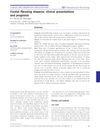 155 citations
,
September 2008 in “British journal of dermatology/British journal of dermatology, Supplement”
155 citations
,
September 2008 in “British journal of dermatology/British journal of dermatology, Supplement” FFA is more common in postmenopausal women, can affect younger women, and may stabilize over time.
54 citations
,
November 2007 in “Actas Dermo-Sifiliográficas” Early diagnosis of frontal fibrosing alopecia is crucial to prevent permanent hair loss.
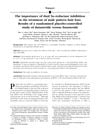 215 citations
,
November 2006 in “Journal of The American Academy of Dermatology”
215 citations
,
November 2006 in “Journal of The American Academy of Dermatology” Dutasteride more effective for hair growth, but has more side effects than finasteride.
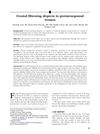 179 citations
,
December 2004 in “Journal of The American Academy of Dermatology”
179 citations
,
December 2004 in “Journal of The American Academy of Dermatology” Some postmenopausal women with frontal fibrosing alopecia stopped losing hair with finasteride treatment, hinting at a possible hormonal cause.
325 citations
,
June 1994 in “Archives of Dermatology” Postmenopausal frontal fibrosing alopecia may be a unique condition linked to postmenopausal changes.
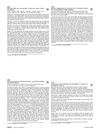 1 citations
,
August 2018 in “Journal of The American Academy of Dermatology”
1 citations
,
August 2018 in “Journal of The American Academy of Dermatology” Dutasteride and minoxidil mesotherapy effectively treats hair loss with minimal side effects.
5 citations
,
November 2013 in “Case reports in dermatology” A woman's skin darkened after using dutasteride and pimecrolimus for hair loss, but improved when she stopped the medications and protected her skin from light.
 69 citations
,
August 2008 in “Journal of The European Academy of Dermatology and Venereology”
69 citations
,
August 2008 in “Journal of The European Academy of Dermatology and Venereology” Oral dutasteride and topical pimecrolimus can safely and effectively treat Frontal Fibrosing Alopecia, leading to significant hair regrowth.
